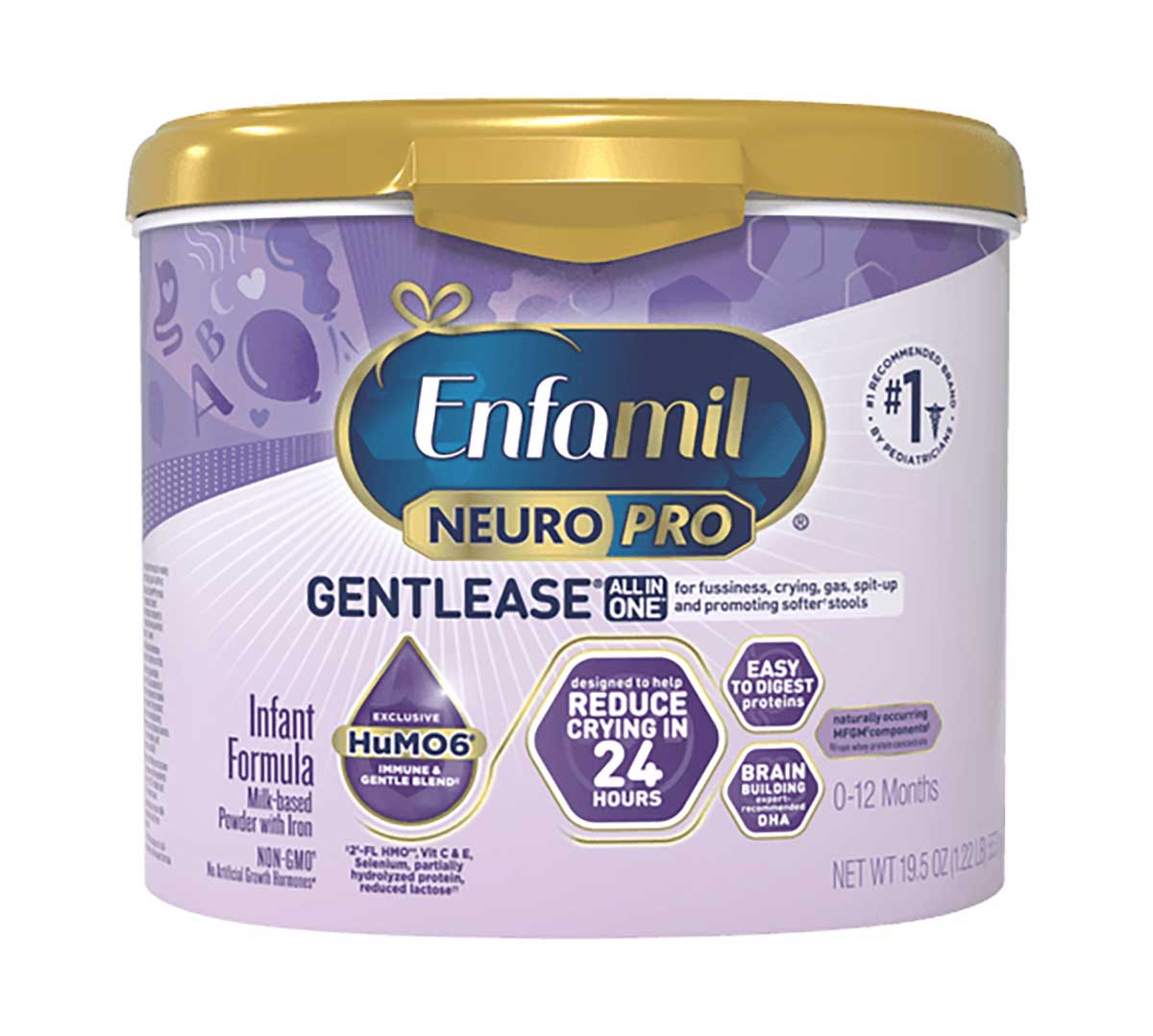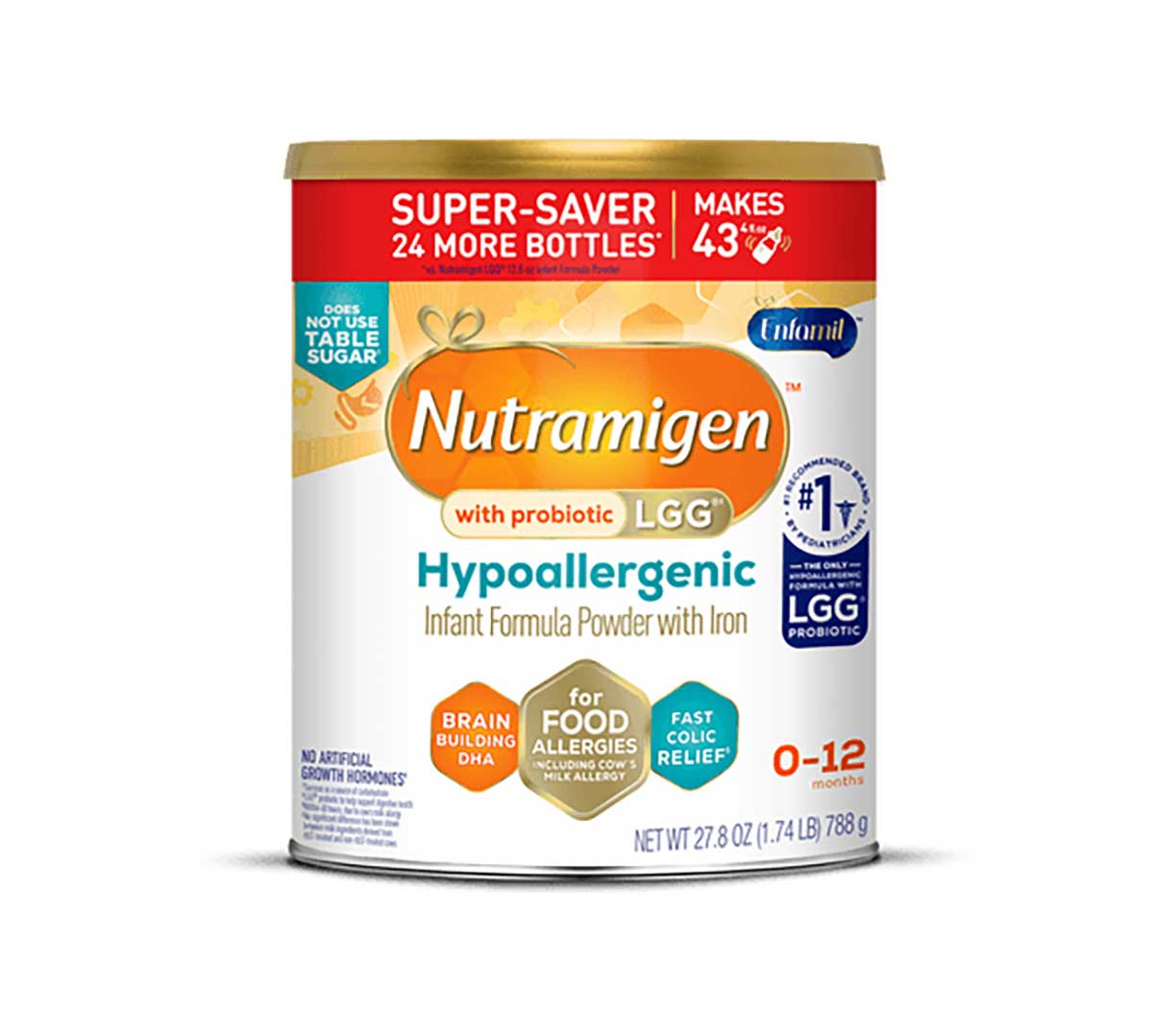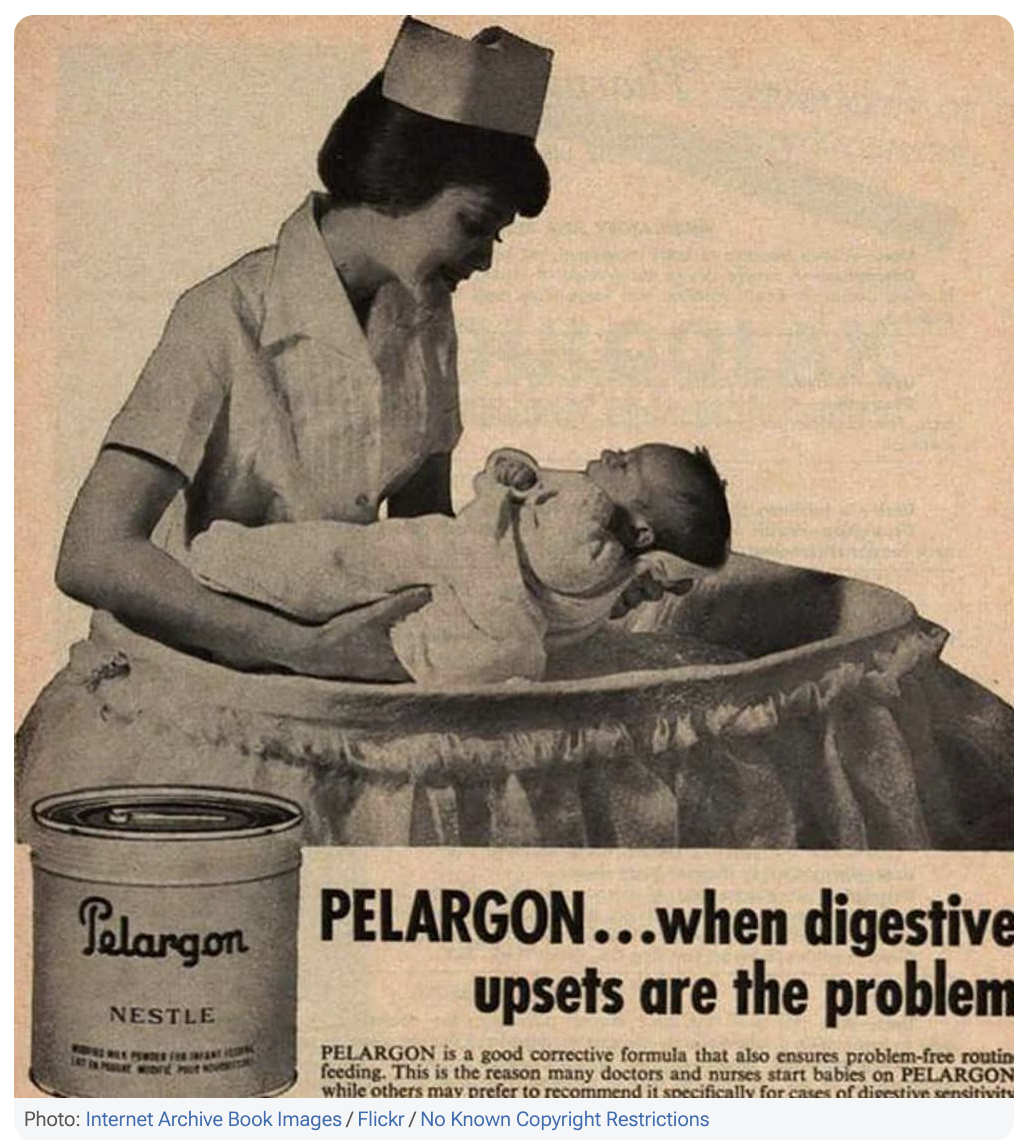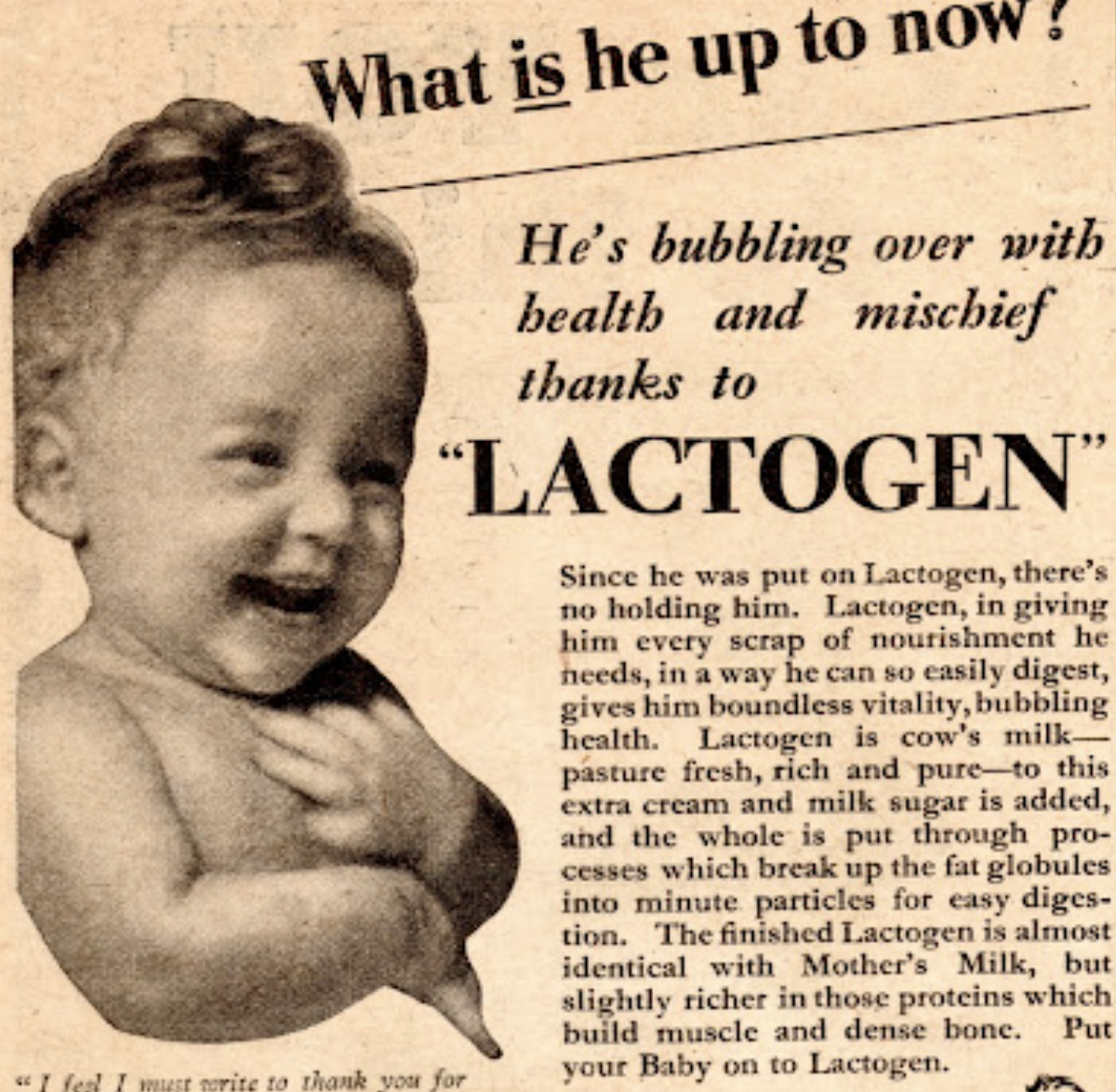

Mead Johnson has made many a headline as the company seeks to spend $836 million to upgrade its facility in Zeeland, Mich. Residents are clearing the way by leaving their homes—some willingly, others not so much. All for infant formula.
Are Enfamil and the rest of the product line worth such accommodation and sacrifice?
In the spring of this year, Mead Johnson presented a proposal to the City of Zeeland outlining its desire to increase its footprint. The company has labeled the need for more room as a modernization rather than expansion.
Mead Johnson’s proposal came on the heels of the recent scrutiny brought on the infant formula industry.
On March 17, 2025, Consumer Reports (CR) released the results of 41 brands of powdered infant formula that were tested for toxic chemicals such as lead, arsenic, and PFAS.
About half of the brands reviewed were found to have at least one contaminant.
In regard to the other half, CR reports, “… many of our formula test results showed that safer alternatives are widely available, and that it is possible to produce baby formula that doesn’t contain worrisome contaminants and chemicals.”
While five Mead Johnson varieties were given the rating of “Not Detectable/Low Levels,” two varieties were placed in the “Worst Choice” category.
Nutramigen showed levels of four contaminants: BPA, lead, Acrylamide, and Inorganic Arsenic.
Enfamil Simply Plant-Based showed levels of one: Inorganic Arsenic.
In response, Mead Johnson challenged the results, saying that “heavy metals or chemicals are never intentionally added to their products” and that there are “stringent testing protocols” in place.
The very next day, March 18, U.S. Department of Health and Human Services Secretary Robert F. Kennedy, Jr. (RFK Jr.) launched MAHA’s Operation Stork Speed. This initiative includes nutrient review and heavy metals testing and will ensure “ongoing quality, safety, nutritional adequacy, and resilience of the domestic infant formula supply.” This will be the “first comprehensive review since 1998.”
A week following the MAHA initiative’s launch, Mead Johnson appeared in the March 24, 2025 City of Zeeland minutes as having expressed interest in potentially adding more space. By May, the company officially submitted a rezoning application which passed in July.
And now, in the upcoming months, in the midst of the modernization efforts, Mead Johnson will begin taking part in the first in-depth nutrient review under Operation Stork Speed. How will the company’s ingredients fare under MAHA’s examination?
Of the 30+ ingredients in each infant formula product, here’s a look at the main three found in a few of Mead Johnson’s best-selling varieties.
Enfamil NeuroPro is marketed for brain-building nutrition.
• Nonfat Milk (Lactose)
• One or more of the following oils: Palm Olein, Coconut, Soy, and High Oleic Sunflower oils
• Whey Protein concentrate

Enfamil NeuroPro Gentlease is marketed for fussiness, crying, gas, spit up, and promoting softer stools.
• Corn syrup solids (47%)
• Partially Hydrolyzed Nonfat Milk and Whey Protein Concentrate Solids (Soy)
• One or more of the following oils: Palm olein, coconut, soy, and high oleic sunflower oils

Nutramigen with Probiotic LGG is marketed for managing colic due to cow’s milk allergy.
• Corn Syrup Solids (47%)
• One or more of the following oils: Palm Olein, Coconut, Soy, and High Oleic Sunflower Oils
• Casein Hydrolsyate (Milk)

Nonfat Milk and Seed Oils
Seed oils often are added with the nonfat milk to mimic the fats found in breast milk. But critics argue they’re highly processed and promote inflammation. In contrast, European formulas, such as Kendamil (also available in the US) use whole cow’s milk, retaining “a complex mixture of fats, proteins, and carbohydrates… uniquely found in mammalian milk, including breastmilk.“
Corn Syrup Solids
For babies with an allergy to cow’s milk, parents may be directed to a corn syrup alternative. Corn syrup is used as the carbohydrate and often promoted as being easier on a sensitive stomach than the lactose in milk. However, corn syrup is highly processed and has a high glycemic index, which can cause a rapid spike in blood sugar levels.
There are alternative carbohydrate sources. European formulas, which have stricter standards on additives and other ingredients, offer goat milk—often better tolerated than cow’s milk. Organic formulas use rice syrup or tapioca starch.
It's important to note that tummy sensitives are not unusual in a baby’s first months, and the likelihood of a child being lactose intolerant is rare. As the digestive system matures, the sensitivities will most likely subside, and lactose tolerance will improve.
Proteins: Partially Hydrolyzed, Whey, and Casein
Hydrolyzed milk is defined as milk proteins that have been broken down to more easily be digested. Whey and casein are two types of cow’s milk protein, with whey being easier to digest.
As Operation Stork Speed delves into the infant formula industry, it will be interesting to see whether ingredients change and if U.S. regulations begin to more closely resemble those in Europe.
The infant formula industry hasn’t always made it easy for mothers to feel confident in their intuition. Through the years there have been aggressive and sometimes misleading messaging practices.
It didn’t start out that way. Formula was commercially introduced in the mid 1800s, but it was expensive and not commonly chosen. Other alternatives to breastfeeding included the use of a “wet nurse” or animal milk (usually cow, goat, sheep, or donkey). Later came the invention of evaporated milk which many supplemented with vitamins.
By the 1960s, manufacturers became more aggressive in their marketing. Formulas were promoted as modern, smart, convenient, and scientific, which were appealing traits at a time when women were increasingly encouraged to join the workforce. The result: if you were born at the tail end of the baby boomer years or at the beginning of the gen-x years, there’s only a 25-30% chance you were breastfed.
Formula manufacturers employed tactics such as getting doctors to back their products by giving them free samples for their patients. Some pedaled their products in hospitals giving samples to new moms, even going as far as impersonating hospital staff.
“Dressed in traditional nurses' uniforms, they conveyed the false impression that independent health professionals—not company employees—were recommending formula feeding.”
That scheme proved to be “a slippery slope; oftentimes, a mother’s milk would dry up within a few weeks of birth if infants were not breastfeeding. Use of the samples, then, ensured a dependable, long-term demand for powdered milk products.”


Contrary to the early beginnings of the formula trend, seven breastfeeding mothers formed La Leche League in 1956. The mothers shared breastfeeding literacy through pamphlets and a magazine and by 1972 had over one thousand local chapters.
Also helping to boost the return of breastfeeding was the hippy culture of that era—holistic, earthy, and natural ways of doing things, including home births and breastfeeding, were considered “far out” (a.k.a. cool).
Recent years have shown an increase to over 80% of mothers choosing to breastfeed. La Leche League is still at work supporting mothers and increasing breastfeeding awareness. In 2022, the group wrote a letter to the World Health Organization and UNICEF calling for an end to “exploitative marketing” and “unethical tactics” by the infant formula industry.
According to La Leche League, “… breastfeeding within the first hour of birth, followed by exclusive breastfeeding for six months and continued breastfeeding for up to two years or beyond, offers a powerful defense against all forms of child malnutrition…, the worst effects of many common childhood illnesses… [Additionally,] not being supported to breastfeed can increase women’s risk of developing diabetes, obesity, and some forms of cancer.”
One fascinatingly beautiful element of God’s design in breastfeeding is that when a baby nurses, the saliva communicates with cells in the breast and the composition of the milk changes to meet the needs of the baby’s immune system.
For those who struggle or are unable to breastfeed, La Leche League provides supportive resources to encourage and comfort.
Mothers who can’t or choose not to breastfeed and want the healthiest alternative nutrients are encouraged to be discerning and vigilant when it comes to ingredients and information surrounding the feeding of their baby. In addition to alternatives already mentioned, mothers might choose to work with a supportive physician or naturopath to supplement homemade formula with vitamins or join a certified milk sharing network. Options abound and hopefully Operation Stork Speed now will make it easier to find the best alternatives.
“Every child has a fundamental right to a healthy start. We’re giving parents the truth and the tools to make that happen,” RFK, Jr. said.
“You can’t Make America Healthy Again if we don’t fix what nourishes our youngest and most vulnerable Americans.”


Krista Yetzke is a native of Ottawa County. A jeep-driving, guitar-playing wife, mom, and everyday adventurer, Krista was raised on the love of Jesus, the great outdoors, the arts, the value of frugality, and the beauty of food as medicine.